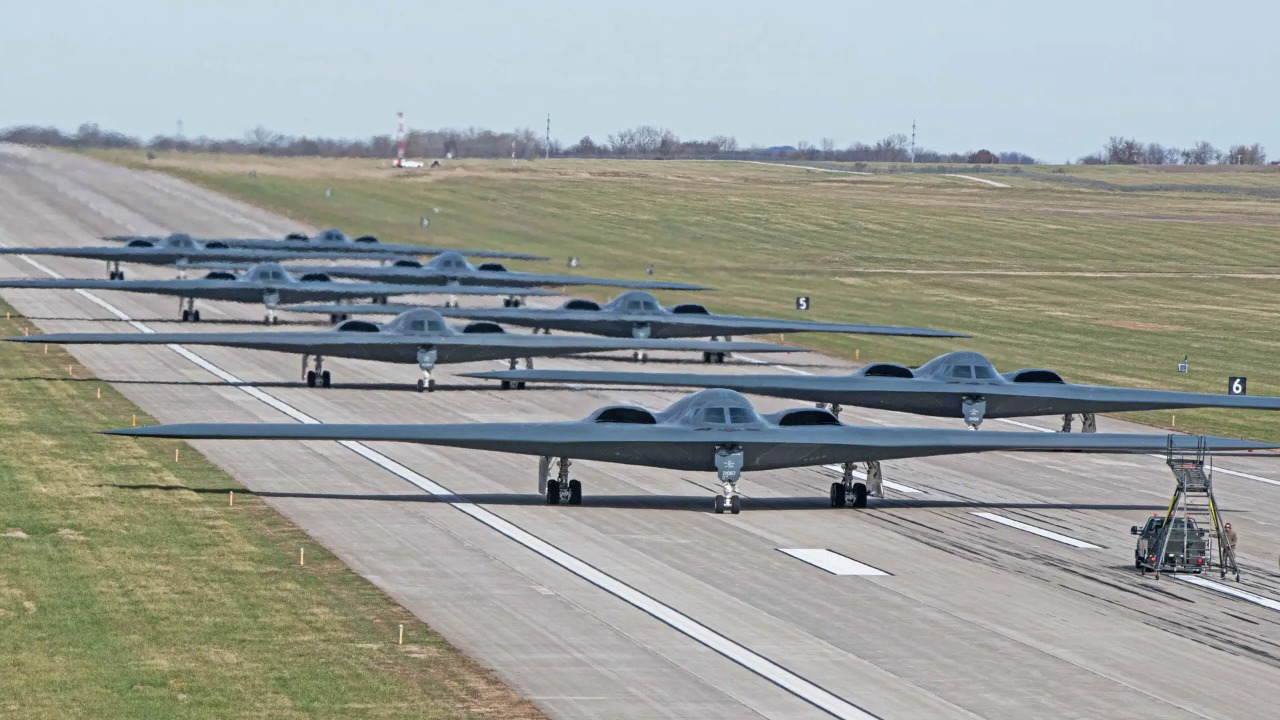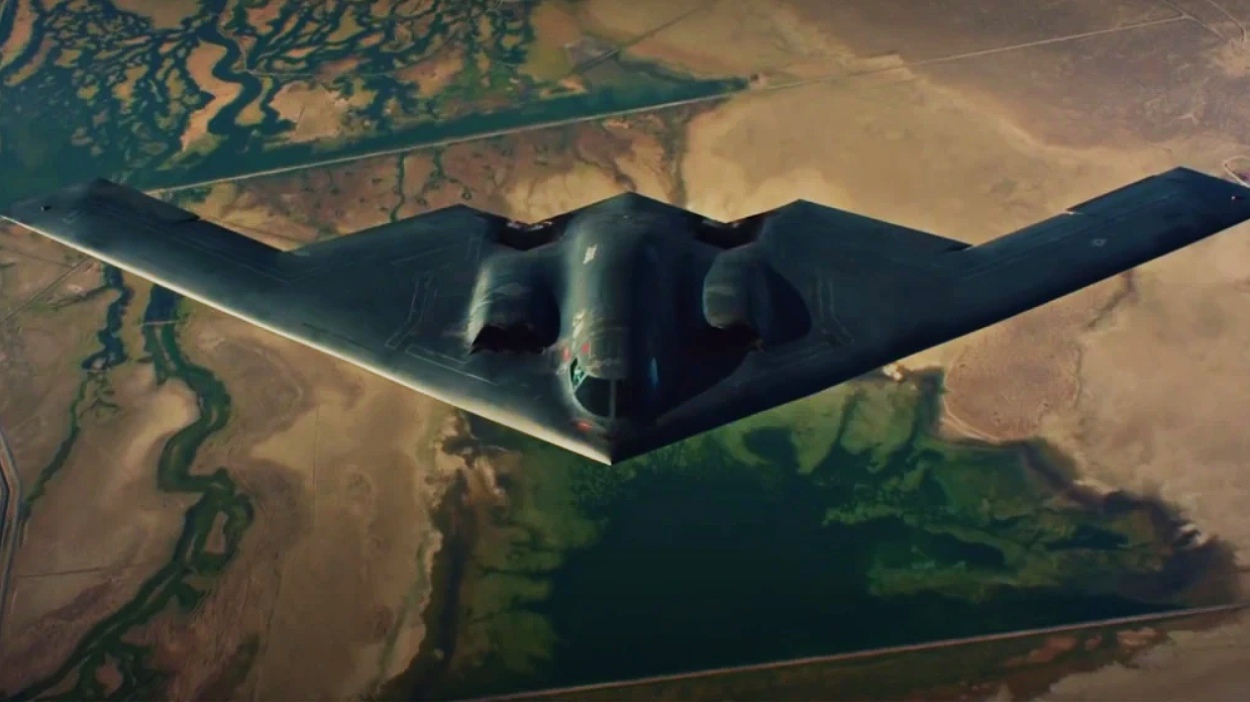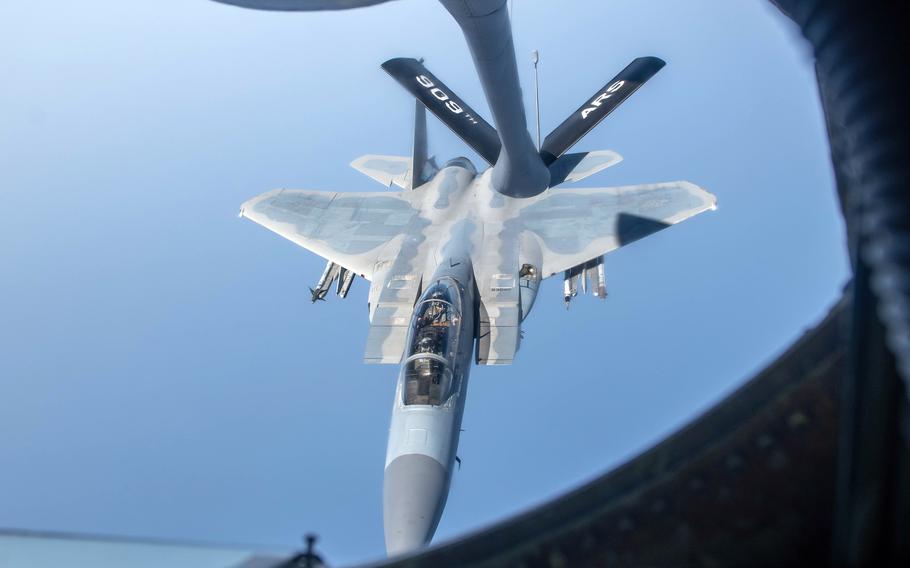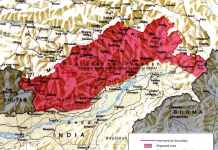Following a temporary suspension of flying operations for safety reasons, US Air Force officials have confirmed to Air & Space Forces Magazine that the B-2 Spirit is set to come back to the skies, with the first aircraft projected to take off on May 22.
Air Force Global Strike Command leader, General Thomas A. Bussiere, has given the green light for the resumption of flights.
This approval comes after a safety pause of approximately six months, prompted by a mishap in December that caused damage to one of the B-2 Spirit stealth bombers.
Maj. Gen. Andrew J. Gebara, the commander of the 8th Air Force overseeing the country’s strategic bomber fleet, confirmed that the official lifting of the B-2 fleet safety pause had ensued.
General Bussiere carefully assessed the required measures and approved the resumption of flight operations, the report said.

While Air Force officials refrained from disclosing specific details about the safety concern or the actions taken to enable the resumption of flight operations, Gebara emphasized the significance of conducting a thorough investigation and implementing necessary mitigations before resuming flights.
The Air Force official assured that there would be no overly burdensome limitations on missions, emphasizing a disciplined and deliberate return to operations.
He confirmed that full operational missions would be conducted, highlighting that there won’t be any short, one-loop sorties.
A phased approach will be implemented to ensure a smooth transition as the fleet resumes flight. The most experienced pilots will be the first to take the seat, allowing the “entire community” several weeks to regain proficiency.
The Air Force has chosen not to disclose the specific cause of the incident that led to the temporary closure of the runway at Whiteman Air Force Base in Missouri. The fate of the B-2 that sustained damage in December is unknown.
Whiteman Air Force Base is the exclusive host of combat B-2s, operated by the 509th Bomb Wing and its Air National Guard counterpart, the 131st Bomb Wing.
A total of 21 B-2s were manufactured for over one billion dollars each. In 2008, one of them was damaged in a crash. There are now 19 airframes in service, one of which is a test aircraft usually stationed at Edwards Air Force Base in California.
Air Force officials emphasized that despite the safety pause, the B-2 aircraft maintained their readiness to carry out missions and fulfill their vital role as the nation’s sole operational stealth nuclear-capable bombers.
Nonetheless, the resumption of B-2 flight operations comes at a crucial time when global geopolitical dynamics are rapidly evolving, particularly in the context of China’s rising military capabilities in the Indo-Pacific region.
As the nation’s only stealth nuclear-capable bomber in service, the B-2 is pivotal in deterring potential adversaries, including China, and maintaining a credible strategic deterrent.
With its unmatched stealth and long-range strike capabilities, the B-2 represents a formidable force that can project USAF’s power across vast distances, providing a deterrent against any potential aggression.

Rotating Fighters On Okinawa Gives US Airpower Advantage In Taiwan Conflict?
In response to the escalating influence of the Chinese military, the US Air Force has already initiated a strategic shift towards the Indo-Pacific region. Recognizing the need to counterbalance China’s growing presence, the United States is deploying some of its most cutting-edge military technology.
As part of its efforts, the US Air Force last year revealed plans to replace the aging F-15C/D fighter jets stationed at Kadena Air Base in Japan with the rotation of more advanced and modern fighter aircraft.
The service said that two F-15C/D squadrons at Kadena Air Base in Okinawa, consisting of nearly 50 fighters, will be gradually replaced over two years.
The plan involves rotating aircraft squadrons, including F-22 Raptor stealth fighters and F-16 Fighting Falcons, sourced from locations such as Germany and Alaska.
On May 18, a Japanese security expert highlighted that replacing the F-15 Eagles squadrons stationed in Okinawa with rotating groups of more advanced fighters would enable the US forces to disperse and increase their survivability in a conflict arising from a potential war with China over Taiwan.

Takuya Matsuda, a research fellow with the Yokosuka Council on Asia-Pacific Studies, discussed the topic of fighter swaps during a public forum near Yokota Air Base in Tokyo.
According to Matsuda, the decision to retire Kadena’s two permanent F-15 squadrons is influenced by China’s extensive arsenal of missile launchers capable of striking Okinawa.
He highlighted that Kadena Air Base symbolizes the United States’ commitment to defending the first island chain, which encompasses Taiwan, Okinawa, and the Philippines.
The first island chain is a crucial barrier separating the East and South China Seas from the Pacific Ocean.
The decision to withdraw the F-15s from Okinawa received immediate criticism from various quarters.
However, Matsuda highlighted the significance of Kadena Air Base’s proximity to the potential combat zone near Taiwan, a region that Beijing perceives as a breakaway province necessitating reunification with the mainland, using force if required.
According to Matsuda, the concept of resilience becomes crucial in this context. By dispersing forces away from Kadena in the event of a conflict, their ability to recover from an attack, continue the fight, and prevent China from achieving a swift and decisive victory is enhanced.
Matsuda cited the example of Russia’s unsuccessful attempt to capture Ukraine’s capital, Kyiv, last year, demonstrating the potential effectiveness of such a strategy.
In the case of a conflict involving Taiwan, Matsuda argued that the United States and Japan could turn it into a protracted war of attrition, thereby raising the costs for China.
Adopting a resilient and enduring approach could create challenges and obstacles for China, making any potential military endeavor more costly and potentially dissuading Beijing from escalating the situation.
- Contact the author at ashishmichel(at)gmail.com
- Follow EurAsian Times on Google News




